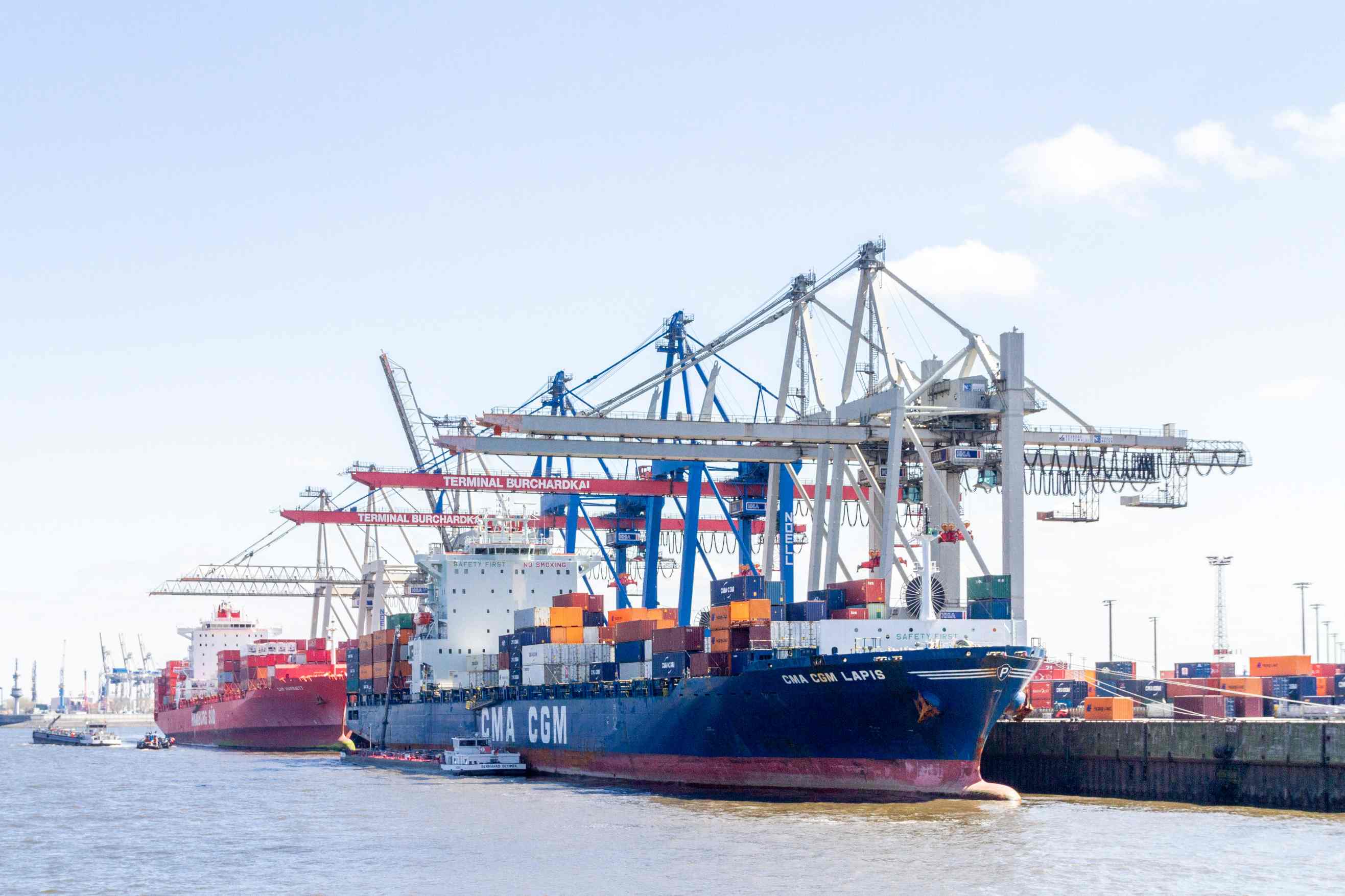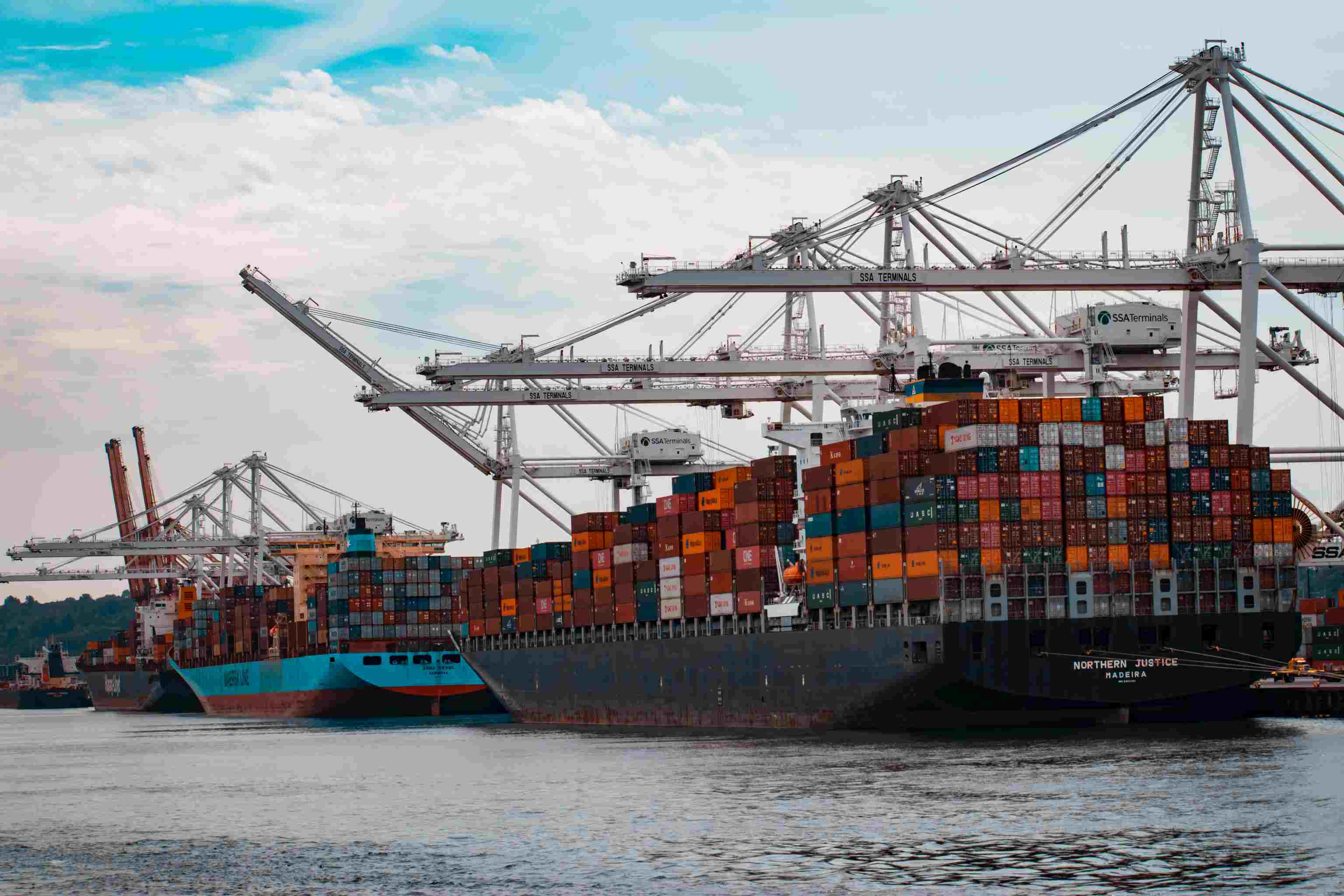Key Trends Shaping the Freight Forwarding Industry in 2025
As the logistics world enters 2025, several key trends that shaped the industry in 2024 remain highly relevant. Global freight forwarding continues to evolve in response to digitalisation, sustainability pressures, and the ongoing need for resilient supply chains. New regulations coming into effect this year are adding complexity to these trends, making it critical for businesses to adapt quickly and strategically.
1. Digital Transformation in Freight Forwarding
Digital transformation is at the core of modernizing freight forwarding. Technologies like artificial intelligence (AI), blockchain, and the Internet of Things (IoT) are reshaping logistics operations. From real-time tracking to automated systems, these tools are improving transparency, efficiency, and decision-making. For instance, AI is being used to optimize delivery routes, while IoT devices provide continuous updates on cargo, enhancing visibility across the supply chain.
Although digitalization has already made a significant impact, there's still work to be done. In fact, research by Accenture shows that 29% of supply chain leaders plan to redesign their supply chains using generative AI over the next few years. For full digital integration to take place, businesses will need to invest in data standardization and technology that works seamlessly across platforms.
2. The Push Toward Sustainability and Decarbonisation
Sustainability continues to be a driving force in the freight forwarding industry. With growing pressure from both consumers and governments, the industry is under increasing pressure to reduce its carbon footprint. Many companies are exploring greener solutions such as alternative fuels, energy-efficient technologies, and route optimization to cut emissions.
That said, decarbonization remains challenging. Many of the greener technologies are expensive, and infrastructure for alternative fuels is still limited. New regulations, such as the European Union's Emissions Trading System (EU ETS) and FuelEU Maritime regulations, will tighten emissions standards for maritime operators in 2025. While these new policies may raise operational costs, they also present opportunities for businesses that innovate with cleaner technologies and more sustainable practices.
By proactively adopting green solutions, companies can position themselves as leaders in sustainability while meeting increasing consumer demand for environmentally friendly services.
3. Building Resilient Supply Chains in Uncertain Times
The global supply chain environment is more unpredictable than ever, with disruptions from geopolitical instability, natural disasters, and economic uncertainty becoming more frequent. As a result, building supply chain resilience is a top priority for companies in 2025.
Diversification of suppliers, transport routes, and modes of transport is helping businesses better manage risk. One growing concept is "antifragility"—the idea that some systems become stronger when exposed to stress. This mindset encourages businesses not just to withstand disruptions but to learn from them and grow stronger as a result.
By embracing antifragility, freight forwarders can adapt faster, innovate, and create more agile supply chains. Instead of seeing challenges as setbacks, they can view them as opportunities to improve, ensuring they're better prepared for future disruptions.

4. E-Commerce Driving Last-Mile Innovations
The rise of e-commerce continues to reshape freight forwarding, with increasing demands for faster and more reliable delivery services. In 2025, meeting these demands will be critical, as consumers expect quicker delivery times and seamless experiences.
To keep up, companies are investing in last-mile logistics innovations, such as automated warehouses, drone deliveries, and advanced inventory management systems. E-commerce also requires transparency, with customers wanting real-time updates on their shipments. Logistics providers that can integrate these technologies into their operations will have a significant edge.
However, this growth comes with challenges. Companies must find a balance between speed, cost, and environmental impact. As e-commerce continues to thrive, the logistics sector will need to optimize its processes to meet consumer expectations while remaining cost-efficient and sustainable.
5. The Shift Toward Regional Supply Chains
In response to rising costs, longer delivery times, and global disruptions, more businesses are turning to regional supply chains. Instead of relying solely on global networks, companies are focusing on localized solutions to improve flexibility and reduce risk. This shift is expected to accelerate in 2025.
By strengthening regional networks, building local warehouses, and optimizing transport routes within regions, companies can offer faster delivery times and greater agility. Regionalization also helps reduce exposure to global supply chain disruptions like natural disasters or political instability, making it a strategic move for businesses seeking to stay competitive in a rapidly changing environment.
Adapting for the Future: Staying Agile and Innovative
Looking to the future, the key to success in freight forwarding lies in adaptability. The industry is bound to face further disruptions, but those that embrace change and innovation will come out ahead. From digitalisation to sustainability and resilient supply chains, the companies that prioritize technology, agility, and green solutions will be best positioned for long-term growth.
Freight forwarders must continuously monitor trends and stay ahead of regulatory changes. For example, companies like Haiyuan are already adapting to these changes by offering cutting-edge logistics solutions. Staying flexible, embracing new technologies, and prioritizing sustainability will be the hallmarks of successful businesses in 2025 and beyond.





